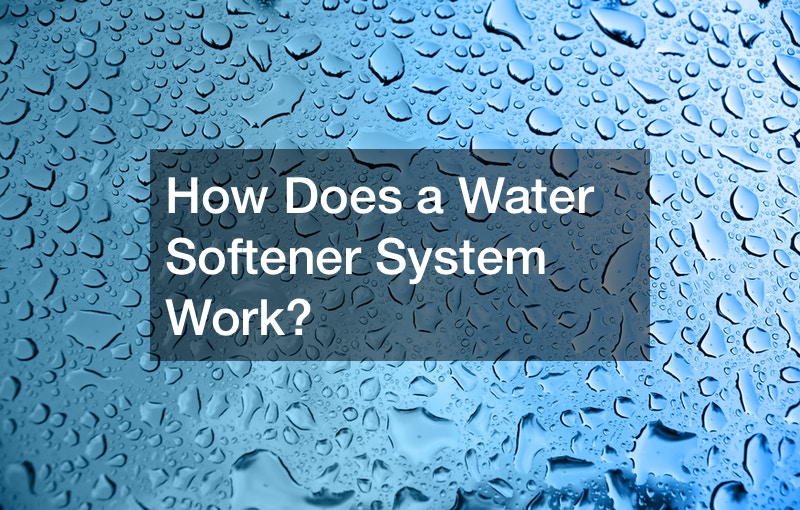
A water softener system functions by eliminating calcium and magnesium present in the water supply. It does so via an ion exchange process, converting it from hard to softened water. To learn more about hard and soft water, watch this video.
When hard water penetrates the mineral tank in a water softener system, it flows across a berth of ball-shaped plastic resin beads. A sodium ion charges the beads, normally made from polystyrene. The resin beads have a negative charge, meaning they are anions. The magnesium and calcium minerals have a positive charge, meaning they are cations.
Opposite charges attract, and as a result, the mineral’s negative charge is attracted to the resin bead’s positive charge. When the hard water flows through the resin, the beads grasp the mineral ions, removing them from the water.
The sodium ion is released once the mineral ion is released. The resin column in a water softener system removes all the hardness from the water as it flows across the mineral tank while soft water flows in the house.
While hard water causes scale accumulation in home appliances and damages a property’s piping system, soft water doesn’t. Softening water is one of the best strategies to secure the home from dangerous buildup and eradicate limescale. Soft water is also great for the hair and skin.





